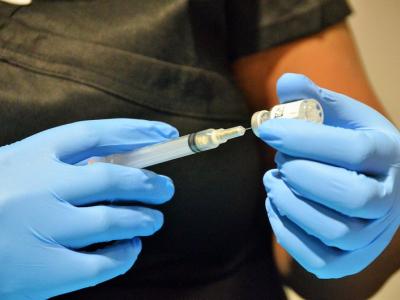
A single-center analysis published today in Travel Medicine and Infectious Disease finds that 86% of travelers returning to Spain with a chikungunya virus infection during a 2-year period reported joint pain that significantly reduced their quality of life.
Researchers at La Paz-Carlos III University Hospital in Madrid, Spain, evaluated travelers who visited Latin American countries from April 2014 to September 2016, during outbreaks of the mosquito-borne virus. The median age of the 119 travelers was 41 years, 67.2 were men, and 25.6% had visited a travel clinic before departure.
In the United States, the Food and Drug Administration (FDA) approved Valneva's IXCHIQ chikungunya vaccine for adults in November 2023. In February 2024, the Centers for Disease Control and Prevention's (CDC's) Advisory Committee on Immunization Practices (ACIP) recommended the vaccine for certain travelers to affected world regions and chikungunya lab workers.
The most common symptoms of chikungunya are fever and joint pain, with the pain persisting from a few days to years. In unusual cases, death can result, usually in older people or children younger than 1 year.
Average duration of pain was 4 months
On average, the 102 joint-pain patients (86%) reported pain for 129.4 days. Risk factors for chronic joint pain were female sex, country of infection, older age, more than four symptoms during infection, high viral load, pain in previously injured tendons or joints, and certain lab markers.
Patients with chronic joint pain had to significantly adjust their normal daily activities, and 42.6% reported recurrence of symptoms after they had resolved. These patients said their symptoms improved substantially after they received tailored therapies.
Risk factors for chronic joint pain were female sex, country of infection, older age, more than four symptoms during infection, high viral load, pain in previously injured tendons or joints, and certain lab markers.
"The results of this study underscore the need for: (1) comprehensive pre-travel advice; (2) effective management of patients in specialized units, alongside early diagnosis and treatment, to prevent trivialization of these viral infections; and (3) the development of interdisciplinary recommendations to assist physicians in treating patients and enhancing outcomes," the study authors concluded.














